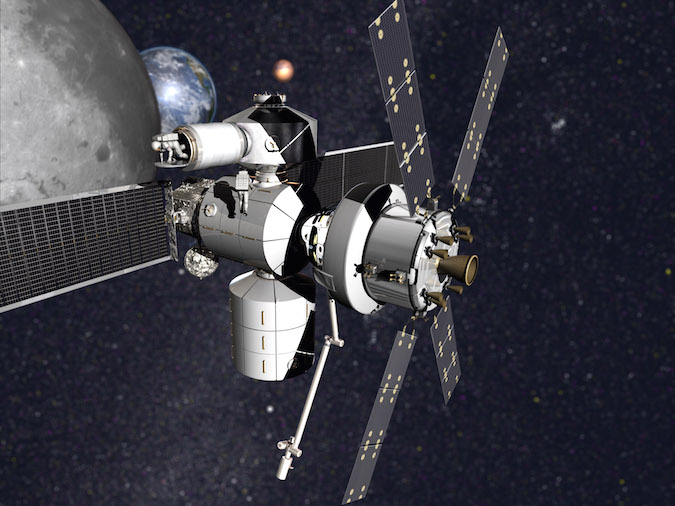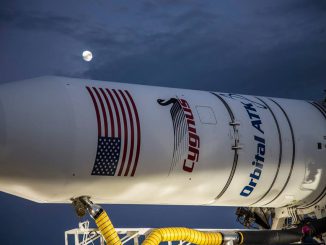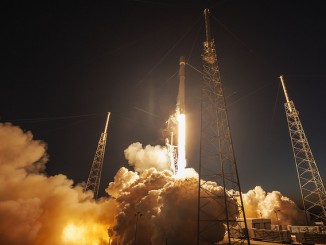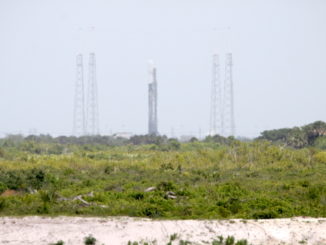STORY WRITTEN FOR CBS NEWS & USED WITH PERMISSION

NASA has selected six companies to work on designs for deep space habitat modules that could be used by astronauts living and working near the moon as technology is developed for eventual flights to Mars, the agency announced Tuesday.
NASA already is developing the Space Launch System heavy-lift booster and the Orion capsule that will carry crews to low-Earth orbit and beyond. But Orion is far too small to support crews for long stays in so-called cislunar space or multi-year round-trip flights to and from Mars.
Such deep space missions will require roomier habitats, with self-contained life support systems, communications and avionics.
“We’re utilizing the innovation, skill and knowledge of both the government and private sectors,” Jason Crusan, director of NASA’s Advanced Exploration Systems, said in a statement.
“The next human exploration capabilities needed beyond the Space Launch System rocket and Orion capsule are deep space, long duration habitation and in-space propulsion. We are now adding focus and specifics on the deep space habitats where humans will live and work independently for months or years at a time, without cargo supply deliveries from Earth.”
The six companies selected for prototype development are:
- Bigelow Aerospace: the company will develop and test a 330-cubic meter expandable module known as XBASE, based on existing designs for a habitat, the B-330, intended for use in low-Earth orbit or around the moon; Bigelow already hopes to win permission from NASA to attach a B-330 module to the International Space Station
- Boeing: the aerospace giant is designing a “module habitat system” that leverages experience gained building and operating the space station; a ground demonstrator will be used to “test and validate interface standards, systems functionality and critical exploration technologies”
- Lockheed Martin: the prime contractor for NASA’s Orion capsule will refurbish a space station cargo module and convert it into a full-scale habitat prototype “that will include integrated avionics and ECLSS (life support systems)”
- Orbital ATK: the builder of Cygnus space station cargo ships will expand on the company’s plans for a habitat intended for use around the moon and test the module’s interfaces with Orion and other modules
- Sierra Nevada: the company will “study and refine” concepts for a habitat system based on a cargo module launched from its Dream Chaser spacecraft intended to be attached to an inflatable structure equipped with life support systems and propulsion
- NanoRacks: working with Space Systems Loral and United Launch Alliance, NanoRacks will study the possible conversion of an existing rocket’s upper stage into a pressurized crew habitat
The six companies will have up to two years “to develop ground prototypes and/or conduct concept studies for deep space habitats,” NASA said on its web site. “The contract award amounts are dependent on contract negotiations, and NASA has estimated the combined total of all the awards, covering work in 2016 and 2017, will be approximately $65 million.”
The companies are “required to contribute at least 30 percent of the cost of the overall proposed effort,” the agency said.



